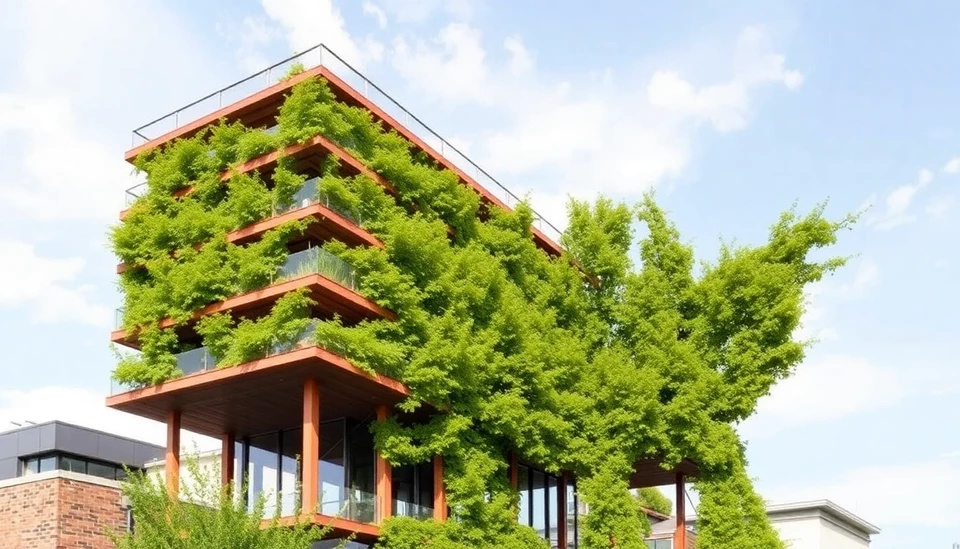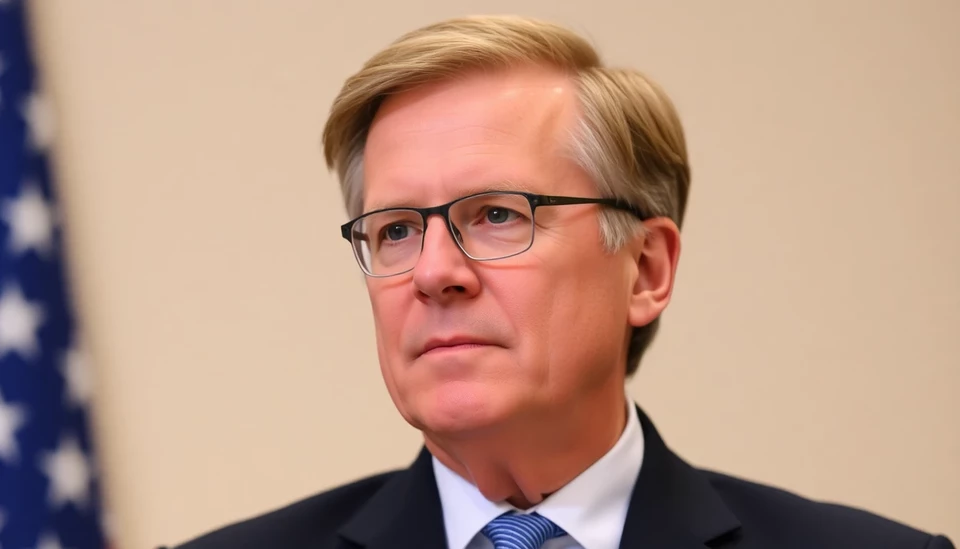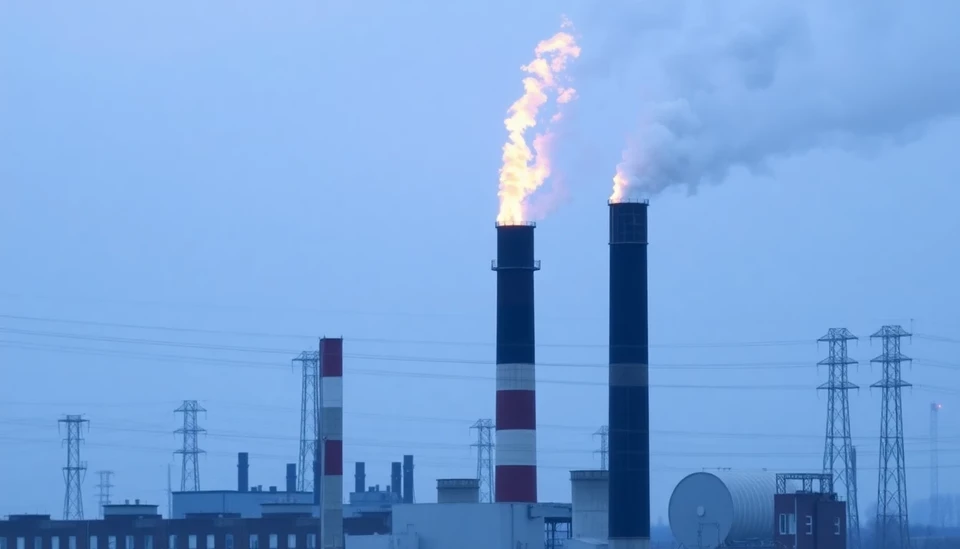
In a significant shift towards sustainability, the United States is stepping ahead of Europe in the race to enhance building efficiency and reduce carbon emissions through greener construction practices. Recent reports have highlighted the growing momentum in the U.S. towards implementing innovative policies and technologies that prioritize eco-friendly development in the real estate sector.
As global awareness of climate change increases, many nations have been reevaluating their construction practices. However, the U.S. has positioned itself as a frontrunner with a series of initiatives aimed at greener buildings. This includes updates to the International Energy Conservation Code, which advocates for superior energy efficiency standards, and encourages innovative retrofitting practices for older construction.
Notably, American cities like New York, Los Angeles, and Seattle are setting ambitious environmental targets that are reshaping how buildings are designed and constructed. These urban centers are implementing policies that demand more sustainable installations, from energy-efficient appliances to solar panel installations. The push has also been buoyed by federal incentives and funding aimed at promoting building electrification and enhancing renewable energy usage within the construction industry.
In contrast, Europe, which has historically led in the adoption of sustainability measures, is now experiencing a slowdown. Many European construction firms and local governments are grappling with rising material costs and economic uncertainties, limiting their capacity for ambitious green upgrades. Furthermore, there have been regulatory complexities that slow down the process of adopting new green practices across the continent.
The American real estate market is also witnessing a burgeoning demand from consumers who increasingly prioritize sustainability when choosing homes or office spaces. This demand is pushing builders to reconsider the integration of materials and technology that lower overall carbon footprints. As a result, the shift towards greener buildings is not just a regulatory requirement but has also become a market necessity.
Industry experts believe that the U.S. might continue to refine its edge over Europe by investing more in research and innovation designed to promote sustainable building practices. As companies invest in greener technologies, such as advanced HVAC systems, energy storage solutions, and sustainable design techniques, the American building industry is expected to thrive in this new paradigm.
In summary, while Europe has laid much of the groundwork for sustainable construction practices, the U.S. is now arguably taking the lead in the implementation and execution of innovative strategies that foster greener building environments. This emerging trend reflects changing consumer behaviors and more aggressive policy frameworks aimed at combating climate change and promoting healthier living spaces.
As governments, businesses, and communities continue to acknowledge the critical importance of sustainability, the construction landscape in America is poised for a transformation that could set new standards for eco-friendly building worldwide.
#Sustainability #GreenBuilding #Construction #ClimateChange #EnergyEfficiency #EcoFriendly #RealEstate #UrbanDevelopment #Innovation
Author: Peter Collins




